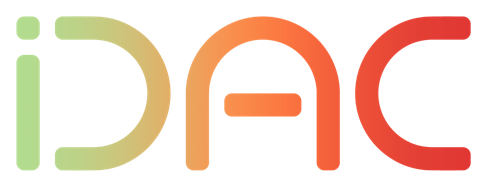IDAC took part in a 3 million grant application that has now been accepted by Vinnova for the 3 year project “Makerspace i skolan”. We are about 40 partners (teacher educations, municipalities, universities, etc) in this 3 years project, so we can actually establish a foundation and make a difference in the Swedish school system. Announcement: http://www.vinnova.se/sv/Aktuellt–publicerat/Pressmeddelanden/2015/150521-Digitalisering-i-skolan-kan-forbattra-larandet-/
Summary:
Makerspace in School
Project Makerspace in school aims to contribute to innovation in Swedish schools by creating a physical and virtual test environment to systematically conduct research, test and evaluate concepts, digital literacy and learning in programming, makerspace and maker culture. The project aims to create better conditions for digital learning in the bridge between the physical and digital worlds. The test environment will include students, teachers and school principals from the included test schools. It will also include companies that retail and create the tools (digital to analog) that the project needs, as well as research, teacher training and informal learning environments such as science centers.
The project will be working to
* develop specialized test beds in pre-school, primary school, secondary school and special school.
* develop specialized test beds for maker culture and programming in the areas of procurement and technology, informal learning environments and teacher education.
* attract suppliers to develop and provide methods, models and materials for a wide use in Swedish schools at different levels
* develop a platform and methodology for continuous virtual training and innovation among specialized test beds
* conduct at least one major meeting point per year(MakerDays)
The project will be organized in the design of a decentralized test-bed, where it operates as close to practice as possible. Concepts, tools, materials and methods vary depending on the age of the students and circumstances. There are various specific test beds for different school types and ages. Test beds regarding teacher training, procurement and informal learning are needed for the future.
